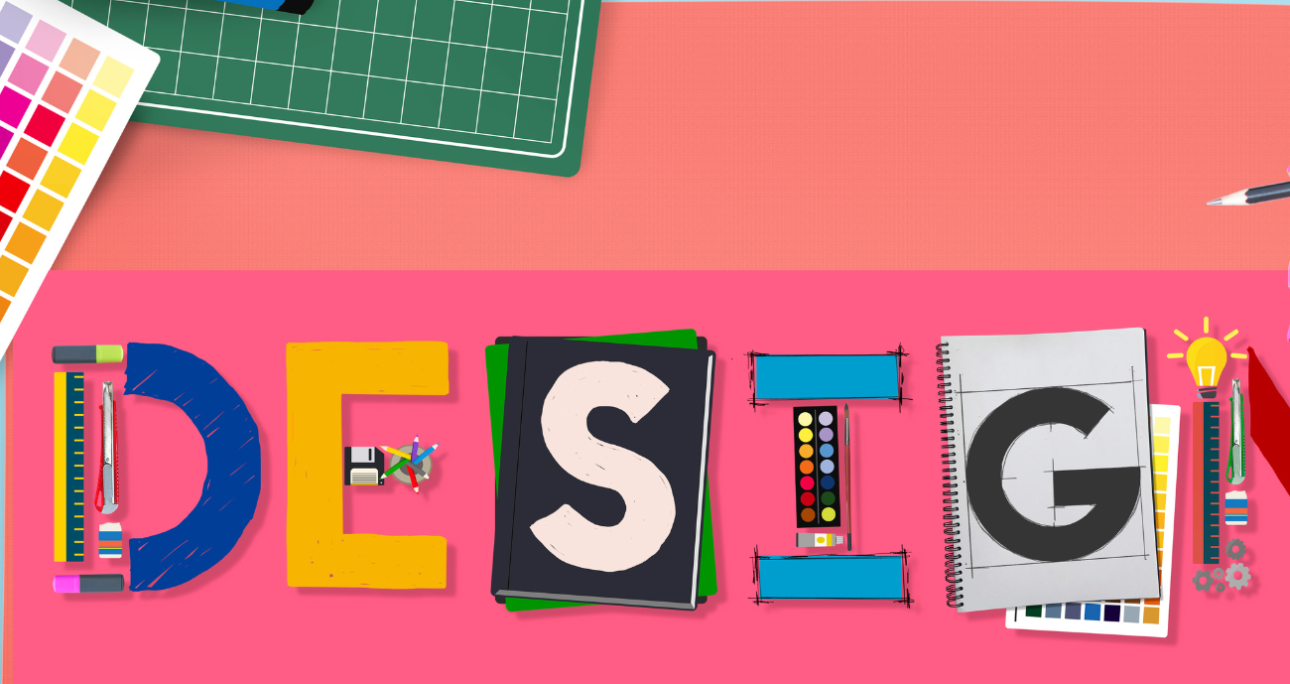Eye Strain (Digital Eye Strain)
- Cause: Prolonged screen time, especially focusing on small details or bright colors.
- Symptoms: Eye fatigue, blurred vision, headaches, dry eyes, and sometimes difficulty focusing.
- Prevention: Follow the 20-20-20 rule: every 20 minutes, look at something 20 feet away for at least 20 seconds. Adjust screen brightness, use anti-glare screens, and consider blue light filters to reduce strain.
Repetitive Strain Injuries (RSIs)
- Cause: Constant mouse use and repetitive hand movements.
- Symptoms: Pain, tingling, numbness, or stiffness in the wrist, hand, or forearm, often linked to carpal tunnel syndrome.
- Prevention: Use an ergonomic mouse and keyboard, and consider a vertical mouse or trackpad to reduce strain. Take frequent breaks to stretch and relax the hands, wrists, and arms.
Back and Neck Pain
- Cause: Poor posture and sitting for long hours without proper support.
- Symptoms: Tension and pain in the neck, shoulders, and lower back.
- Prevention: Use an ergonomic chair and position your monitor at eye level to avoid neck strain. Make a habit of sitting with your back straight and shoulders relaxed. Try standing desks or take breaks to stand and stretch regularly.
Mental Health Challenges
- Cause: Deadlines, long hours, and creative pressure.
- Symptoms: Stress, anxiety, burnout, and sometimes creative block.
- Prevention: Set boundaries for work hours and try to maintain a work-life balance. Take breaks, practice mindfulness, and avoid overloading your schedule. Engage in hobbies outside of design to refresh your creativity.
Sedentary Lifestyle Risks
- Cause: Extended sitting with limited physical movement.
- Symptoms: Increased risk of cardiovascular issues, weight gain, and muscle stiffness.
- Prevention: Incorporate movement throughout the day with short walks, stretching, or even a standing desk. Aim for regular exercise outside of work hours to maintain physical health.
Wrist and Hand Pain (Tendonitis)
- Cause: Frequent clicking, scrolling, and drawing with digital tools.
- Symptoms: Pain, swelling, and difficulty moving fingers or wrists.
- Prevention: Take frequent breaks, use ergonomic tools, and stretch the wrists and fingers. Avoid gripping your mouse or stylus too tightly.
Headaches and Migraines
- Cause: Screen glare, intense focus, and bright colors.
- Symptoms: Headaches, migraines, light sensitivity, and sometimes dizziness.
- Prevention: Adjust screen brightness and use soft, indirect lighting in your workspace. Practice good posture, stay hydrated, and take breaks to reduce strain on the eyes and head.
Vitamin D Deficiency
- Cause: Long indoor hours with limited exposure to sunlight.
- Symptoms: Fatigue, weakened immune system, and sometimes depression.
- Prevention: Spend time outdoors when possible, especially in natural light. Vitamin D supplements may also help, but consult a healthcare provider before starting any new supplement.
Hearing Issues from Prolonged Earbud Use
- Cause: Using earbuds at high volume over extended periods while focusing on work.
- Symptoms: Ringing in the ears (tinnitus), temporary or permanent hearing loss.
- Prevention: Keep volume levels low, take breaks from wearing earbuds, or use noise-canceling headphones at lower volumes.
Dehydration and Poor Nutrition
- Cause: Forgetting to drink water or eat nutritious meals when absorbed in work.
- Symptoms: Fatigue, headaches, reduced concentration, and irritability.
- Prevention: Keep a water bottle nearby and set reminders to hydrate regularly. Prepare healthy snacks and meals to ensure you’re fueling yourself properly during the day.
Tips for Building Healthy Habits as a Designer
- Establish a Routine: Set regular work hours and build in time for breaks, meals, and exercise.
- Use Ergonomic Equipment: Invest in tools that support good posture and reduce strain, like adjustable chairs, standing desks, and supportive mouse pads.
- Practice Good Posture: Keep your feet flat on the floor, your monitor at eye level, and your back supported to prevent slouching.
- Stretch Regularly: Incorporate stretches for the neck, shoulders, wrists, and back to relieve tension and improve circulation.
- Take Mini-Breaks: Stand, walk around, or do light stretching every 30-60 minutes to reduce physical strain and boost mental clarity.
Designers often face a blend of physical and mental health challenges, but with mindful habits and a well-set workspace, these issues can be minimized for a healthier, more productive career.


